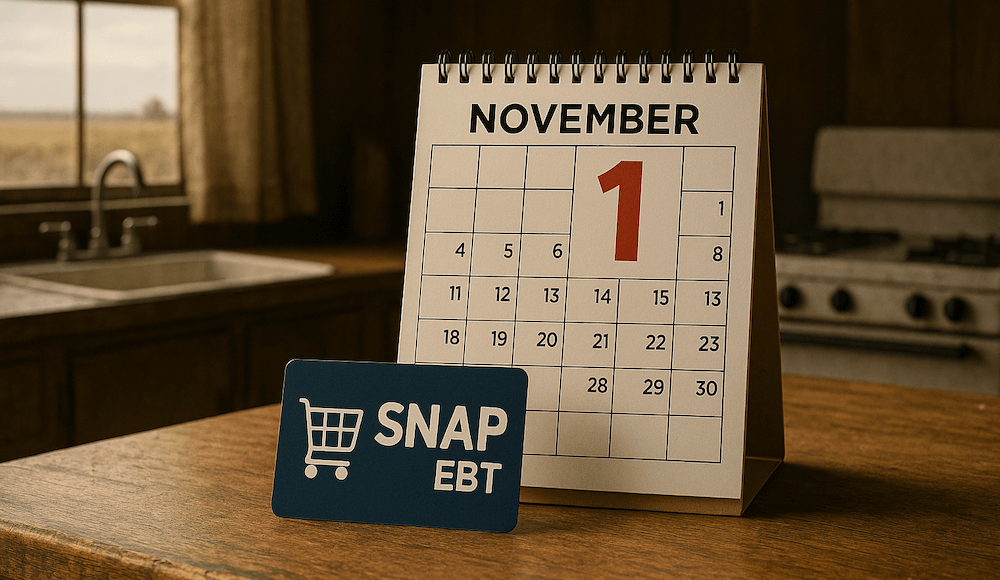
Posted November 07, 2025
By Matt Insley
Jim Rickards: Trump’s New Public-Private Playbook
“Donald Trump moves so quickly on so many fronts that it’s hard to keep up.”
That’s how Jim Rickards opens his latest analysis — and it’s not hyperbole. The former CIA and Wall Street insider argues that Trump’s presidency is redrawing the map of the U.S. economy itself.
Jim says sometimes “it’s necessary to call a time-out, focus on one particular Trump policy and explore it in depth to see what it means for investors and everyday Americans.”
One of those policies, he argues, is nothing less than the obliteration of the boundary between the public and private sectors.
Traditionally, governments handle national security, law enforcement and regulation while the private sector handles banking, innovation and capital formation.
“The boundaries between the public and private sectors have never been impermeable,” Jim writes, “but they do exist and most of us have a sense of which side of the line we’re on.
“Not anymore.”
The Trump administration is taking ownership stakes in major corporations while selling or leasing public assets back to private hands. Some call it chaos. Jim calls it an opportunity.
“Smart investors will put ideology aside,” he says, “and make the most of it while the opportunity lasts.”
Send your opinions to, feedback@newsyoucanacton.com
Your Rundown for Friday, November 7, 2025...
A Return to an Older American Model
Trump’s approach isn’t a break from capitalism, but a return to an earlier form of it — the 19th-century model that made America rich the first time around.
“Trump is not so much breaking the Reagan-Thatcher free-market model as he is returning the U.S. to an earlier model that worked well,” Jim writes.
The Reagan Revolution aimed to dismantle the bureaucratic state built under Wilson and FDR. Trump, Jim says, “is leapfrogging all three episodes and going back to a 19th-century model that made America great the first time.”
He points to the Homestead Act of 1862, which gave settlers land to cultivate — more than 27 million acres across 30 states — at virtually no cost to the government. It was a partnership between public resources and private initiative.
The same logic applied to the railroad land grants of the 1850s-70s, rural electrification in the 1930s and the massive engineering projects of the New Deal era.
“In short,” says Jim, “Trump is not destroying private-sector capitalism. He’s returning America to a period when private capital could thrive with a boost from the government and when the benefits to citizens were far greater than any government could provide on its own.
“It’s not socialism. It’s not fascism. It’s not free-market capitalism. It’s a pragmatic return to a time when locked-up government wealth and private-sector genius worked together to make life better for all Americans.”
The Deals That Define the Shift
The pace of Trump’s deal-making has been dizzying.
In June 2025, his administration approved Nippon Steel’s acquisition of U.S. Steel, but with a twist: the U.S. received a “golden share” — giving veto power over plant closings, salary cuts or name changes. Nippon also pledged billions in U.S. facility upgrades.
In August, Trump cut a deal with NVIDIA and AMD, allowing limited chip sales to China in exchange for a 15% profit royalty to the U.S. taxpayer. The same month, Apple agreed to invest $600 billion domestically and expand U.S. chip, glass and software production. Trump leveraged tariff threats to seal the deal.
He even bought-in directly. Intel received $8.9 billion in federal investment, giving taxpayers upside in its recovery and securing future chip manufacturing on U.S. soil.
Trump’s reach extends far beyond Silicon Valley. In July, the government became the largest shareholder in MP Materials, the country’s only rare-earth mine. That was followed by equity stakes in Lithium Americas and Trilogy Metals — all aimed at securing critical minerals vital for defense and clean-tech supply chains.
MAGA Goes Global
Trump’s deal-making even went international. Agreements with Australia, Malaysia, Thailand, Vietnam and Cambodia reshaped rare-earth sourcing away from China. Australia, for instance, granted the U.S. access to key minerals in exchange for billions in defense contracts and American investment.
The October 29 Trump–Xi Jinping meeting at the APEC Summit in Seoul capped the campaign. China had halted rare-earth exports to pressure the U.S. But by then, Trump had lined up new suppliers.
“Xi’s trump card was badly damaged by Trump’s own full hand of cards from our Asian and Australian trading partners,” Jim notes. Beijing blinked — suspending its export ban, pledging to buy U.S. soybeans, and winning a tariff reduction from 57% to 47%.
Trump returned from Asia with roughly $1 trillion in new foreign investment commitments and diversified mineral supply chains that neutered China’s leverage.
“Trump is like a force of nature,” Jim notes. “He literally took Asia by storm and emerged with a trillion dollars of new investment in the U.S. and secure supply chains for rare earths and critical minerals.”
From IPOs to GPOs
Jim predicts these moves will soon reshape how Americans invest. When companies sell shares to the public, it’s called an IPO.
Now, “we’re calling these deals Government Participation Offerings or GPOs…
“In a GPO deal,” he explains, “the government might offer investors the chance to invest in federal land mineral rights or to buy the U.S. government’s shares in Intel.”
The goal: Let citizens share in profits from national assets rather than watch them disappear into deficits and debt.
The Next Step: A U.S. Sovereign Wealth Fund
Jim believes the natural destination for these holdings is a U.S. Sovereign Wealth Fund, modeled on Norway or Abu Dhabi’s trillion-dollar funds. It would consolidate federal equity stakes, royalties, license fees and crypto assets.
“If Trump is successful in creating his SWF,” Jim adds, “the future of American wealth may no longer rely on debt and money printing but could be based on income-producing assets and hard assets held safely in trust and out of the hands of corrupt politicians.”
Not Fascism — Private Wealth Creation
Critics on the right call it socialism. Critics on the left call it fascism. Jim dismisses both.
“The U.S. investments are strategic but are still relatively few compared to the market capitalization of all private companies,” he notes. “The U.S. percentage ownership in each case is in the 5–10 % range, which is a far cry from a socialist-style takeover.”
And as for the fascism charge? “If you want to see fascism in America, don’t look at Trump. Look at Woodrow Wilson who was the inspiration for Mussolini, the father of 20th-century fascism.”
Jim’s conclusion is simple: “Trump is using some government resources to prime the pump for private wealth creation. This is in keeping with the Homestead Act, the transcontinental railroad and the TVA.”
Bottom line: Trump’s economic strategy isn’t about control — it’s about partnership. Government becomes investor, catalyst and shareholder — a model that, as Jim says, blends “locked-up government wealth and private-sector genius” to make America great again, this time through ownership.
Market Rundown for Friday, November 7, 2025
S&P 500 futures are down 0.30% to 6,725.
Oil’s up 0.85% to $59.95 for a barrel of WTI.
Gold is up 0.40% to $4,006 per ounce.
And Bitcoin keeps sliding: The flagship crypto’s hanging out at $100K.

Buck Sexton: The Truth About Taiwan
Posted November 05, 2025
By Matt Insley

Pritzker vs. Noem: The Battle Over Halloween
Posted November 03, 2025
By Matt Insley

Starving the System… and the People
Posted October 31, 2025
By Matt Insley

Elon Just Killed Wikipedia
Posted October 28, 2025
By Matt Insley

The Most Underowned Bull Market in the World
Posted October 27, 2025
By Matt Insley
